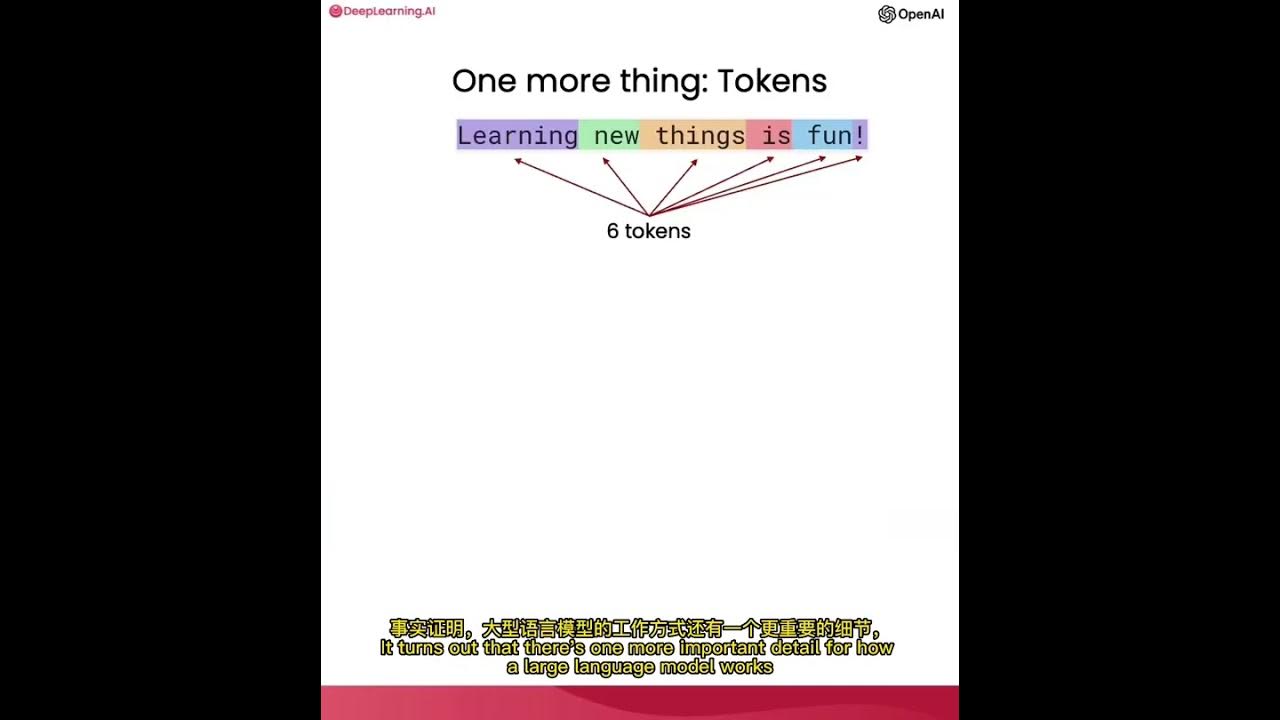The Hydrogen Atom, Part 1 of 3: Intro to Quantum Physics
Richard Behiel
2 Jun 202318:34
Summary
TLDR视频脚本通过氢原子模型深入探讨了量子力学的基本原理。首先,介绍了氢原子的基态,其中电子围绕质子运动,但由于量子不确定性,电子的位置是概率性的。接着,通过向氢原子发射光子,展示了电子跃迁到较高能级的过程,并最终返回基态,释放光子,体现了能量守恒。视频还讨论了为何电子不会落入质子,引入了量子力学中的不确定性原理。此外,通过比较电子和质子的质量差异,解释了为何可以假设质子固定不动。最后,使用球坐标系和薛定谔方程,建立了氢原子的哈密顿算符,并推导了时间独立的薛定谔方程,为解决电子的行为提供了数学基础。整个脚本是对量子力学核心概念的精彩阐释,旨在激发观众对这一神秘领域的兴趣。
Takeaways
- 🚀 氢原子的基态包含一个质子和一个电子,电子尽可能地靠近质子,直到量子不确定性起作用,电子的位置变得模糊。
- 🔬 当向氢原子发射光子时,电子会被激发到一个更高的能级,但这个状态是亚稳态,电子很快会回落到基态并释放光子,这是能量守恒的体现。
- 🌌 电子作为量子粒子,其位置和动量不能同时被精确知晓,这种量子不确定性阻止了电子落入质子中,从而解释了氢原子为何不会衰变。
- 📍 在量子力学中,我们通常使用球坐标系(R, Θ, Φ)来描述具有球对称性的问题,如氢原子。
- 📈 波函数(Ψ)是一个复数函数,它依赖于空间和时间,概率密度是波函数的模长平方,用于描述粒子出现在某个体积内的概率。
- 🎓 约化普朗克常数(ℏ)在量子力学中非常重要,它关联了能量、频率、动量和空间等量子尺度的物理量。
- 🧲 薛定谔方程是量子力学中的基本方程,它关联了哈密顿算符(能量算符)和波函数,用于描述量子系统的时间演化。
- ⚙️ 哈密顿算符结合了电子的动能和与质子的电势能,动能算符与波函数的二阶导数(拉普拉斯算子)有关,而电势能算符与1/R有关。
- 🔧 通过求解时间独立的薛定谔方程,我们可以得到氢原子的能量本征态(或称定态),这些状态描述了电子在不同能级上的概率分布。
- 🧮 球坐标系下的拉普拉斯算子形式较为复杂,但它是求解氢原子波函数的关键数学工具。
- 🔬 电子和质子之间的相互作用通过库仑定律描述,电子被质子吸引,但由于量子力学的不确定性原理,电子不会完全落入质子中。
- 📚 解决氢原子的薛定谔方程是一个数学问题,需要找到满足特定偏微分方程的函数,这些函数将给出电子在不同能级上的概率分布。
The video is abnormal, and we are working hard to fix it.
Please replace the link and try again.
Please replace the link and try again.
Outlines

此内容仅限付费用户访问。 请升级后访问。
立即升级Mindmap

此内容仅限付费用户访问。 请升级后访问。
立即升级Keywords

此内容仅限付费用户访问。 请升级后访问。
立即升级Highlights

此内容仅限付费用户访问。 请升级后访问。
立即升级Transcripts

此内容仅限付费用户访问。 请升级后访问。
立即升级浏览更多相关视频

CCIR - Quantum Physics: Information, Foundations And Gravity - Lecture Session #2

04 Atomic Definition of Young's Modulus

Grundlagen der Baukonstruktionslehre, Teil 3, Tragwerk

Hibridación del carbono

AI可能造成人类灭绝,真的还是炒作?

使用ChatGPT API构建系统1——大语言模型、API格式和Token

CCIR - Quantum Physics: Information, Foundations And Gravity - Lecture Session #4
Rate This
★
★
★
★
★
5.0 / 5 (0 votes)
相关标签
量子力学氢原子薛定谔方程能量本征态轨道力学粒子物理科学探索教育科普物理原理数学建模